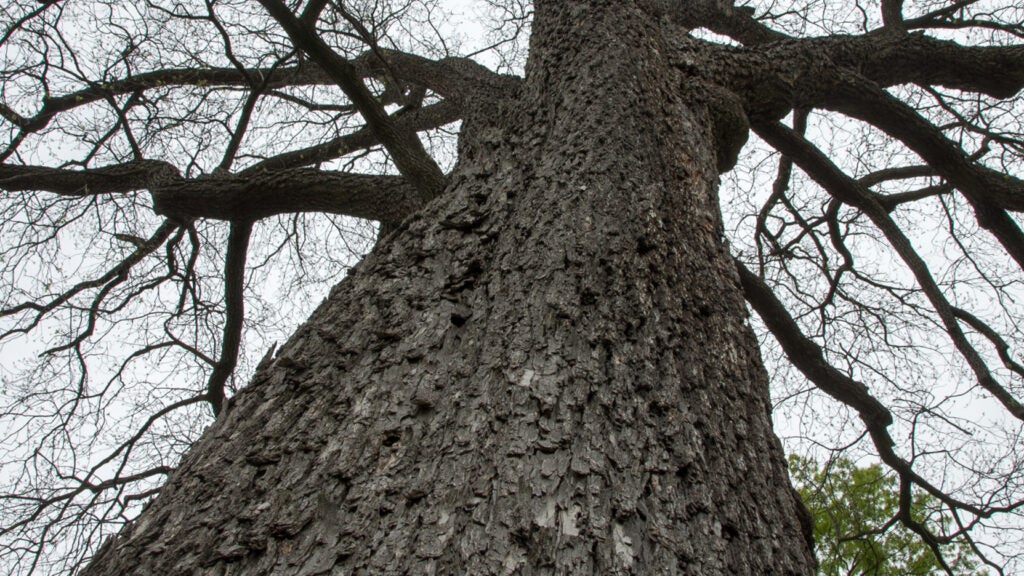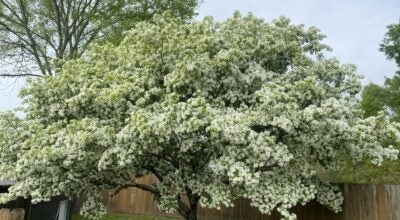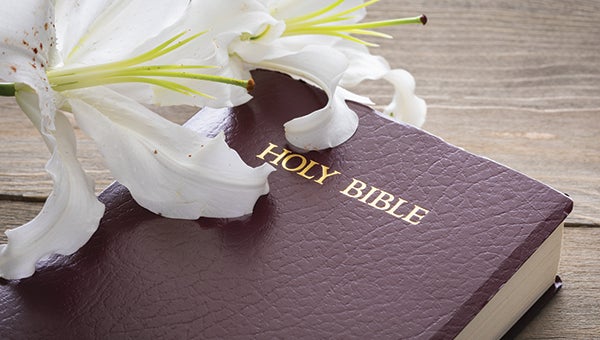Select Scab-Resistant Pecan Varieties for Home Orchards
Published 6:11 pm Wednesday, December 27, 2023

- The majestic pecan tree (Carya illinoinensis), native to the South and beyond, stands tall as a staple of the landscape and an essential component of agricultural and culinary traditions.
|
Getting your Trinity Audio player ready...
|
By Mary Helen Ferguson
Columnist
Pecans and pecan trees are quintessential parts of the southern diet and landscape, although, as reflected by its scientific name (Carya illinoinensis), the pecan tree’s native range extends beyond the South.
A primary criterion for choosing pecan varieties for yards and home orchards is resistance to a fungal disease called pecan scab. Scab causes lesions on leaves, stems, and nuts and can reduce or eliminate nut production in susceptible varieties. Even if you’re willing to spray multiple times during the season to protect trees from scab and other disease and insect issues, once trees reach a certain size, this will not be feasible without commercial spray equipment.
Pecan trees generally need cross-pollination. Some trees produce male flowers that release pollen earlier than the tree’s female flowers are receptive to pollen. These are Type I (protandrous / early pollen-shedding) trees. Other trees produce female flowers that are receptive before male flowers release pollen. These are Type II (protogynous / late pollen-shedding). Having both Type I and Type II trees helps to ensure adequate pollination.
Pecan trees are wind pollinated. While flowers can be pollinized by trees up to one-quarter of a mile away, it’s recommended that trees be within 150 feet of each other for optimal cross-pollination.
Elliott (a Type II variety) has long been a reliable, scab-resistant producer of high quality, though small, nuts and is a staple variety for many commercial pecan growers in Louisiana. It may take 8 to 12 years for nut production to begin. It has a strong tendency to alternate bear, meaning that a year of heavy nut production will generally be followed by a year with little nut production. Elliott may break bud early in northern Louisiana and thus be injured by late freezes in some years, but this isn’t likely to be a problem in southern Louisiana.
Other Type II varieties with good scab resistance include Excel, Kanza, and McMillan.
Scab-resistant Type I varieties include Amling, Gafford, Jackson, and Syrup Mill. Amling is recognized as a particularly attractive tree, as well.
Unfortunately, trees can lose their resistance to scab. (More accurately, the scab fungus can evade the trees’ genetic resistance.) This has happened in some formerly scab-resistant varieties like Desirable, Melrose, and Schley. Planting varieties that are resistant to scab now does not guarantee that they will be resistant 50 years from now.
Pecan trees can eventually reach 70 or more feet wide. Commercial growers sometimes plant them closer to each other (e.g., 35 feet) to maximize yield and then thin the trees once they start shading each other. If you’re planting for the long term and don’t want to eventually be faced with the need to remove alternate trees, consider planting them 50 to 70 feet apart.
When choosing planting locations, keep in mind that pecan trees tend to drop limbs and that nut husks can stain driveways, etc.
Let me know if you have questions.
Dr. Mary Helen Ferguson is an Extension Agent with the LSU AgCenter, with horticulture responsibilities in Washington and Tangipahoa Parishes. Contact Mary Helen at mhferguson@agcenter.lsu.edu or 985-277-1850 (Hammond) or 985-839-7855 (Franklinton).





